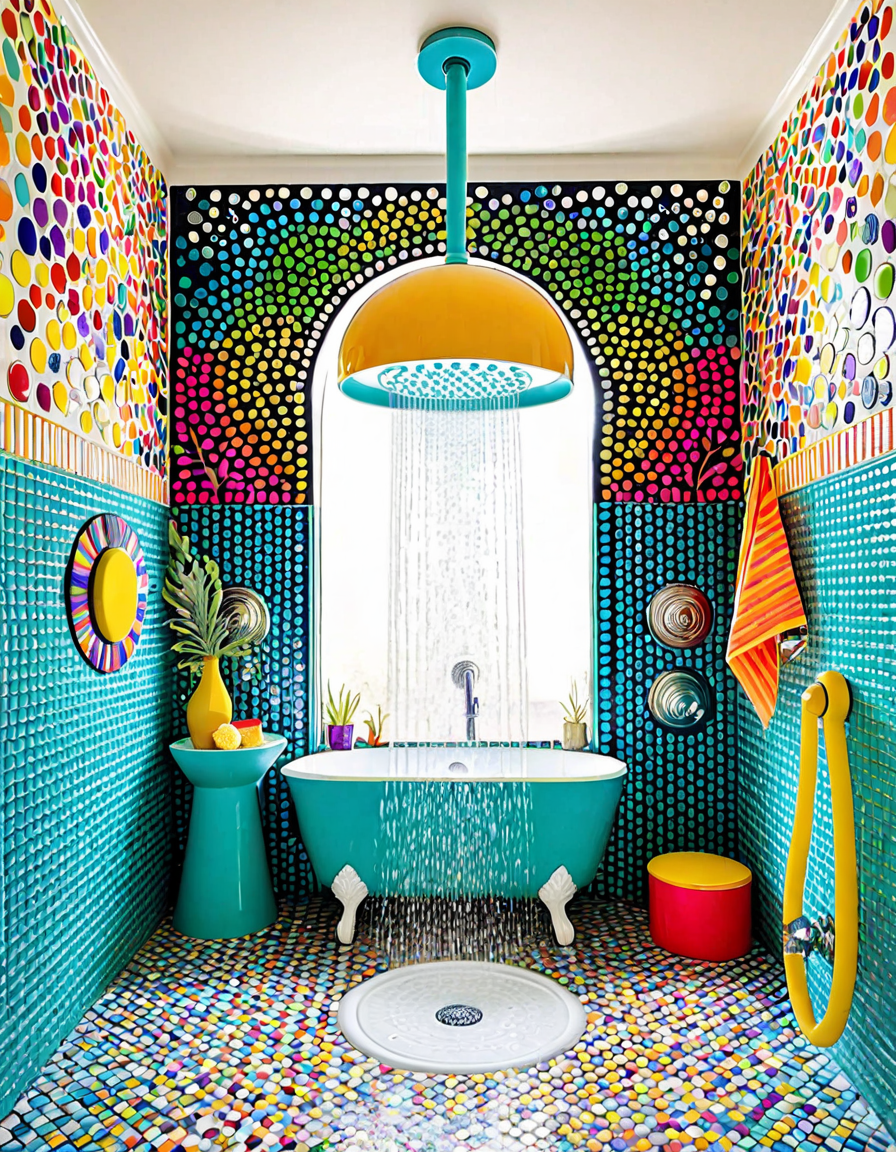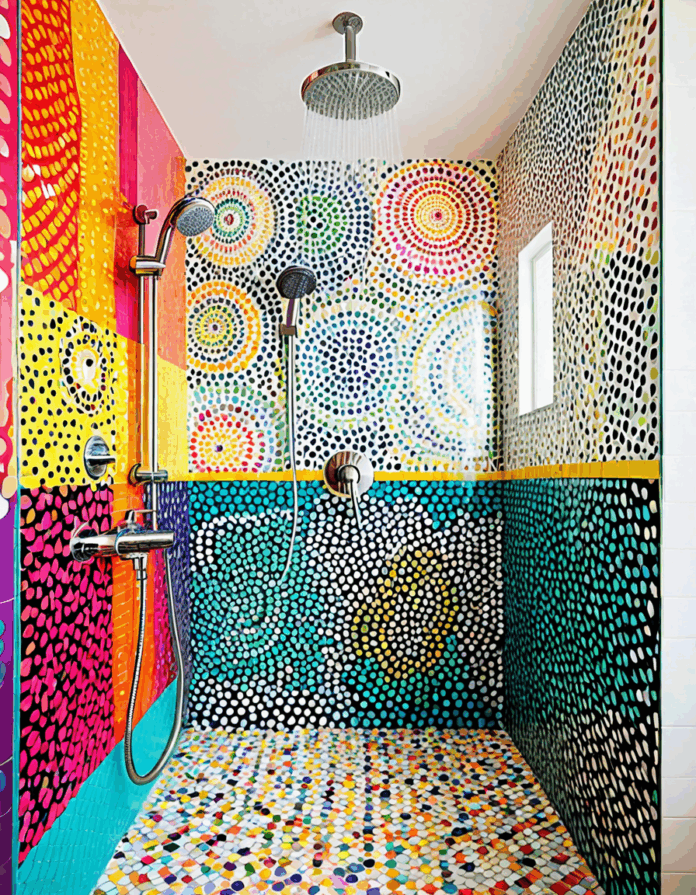Douching, a practice where women irrigate the vagina with liquid, has sparked heated debates. Historically viewed as a necessary step in feminine hygiene, douching was marketed aggressively through the late 20th century. Companies like Summer’s Eve and Vagisil made millions by convincing women they needed to cleanse internally to stay healthy and attractive. Yet, recent evidence contradicts this long-held narrative. Studies now highlight the potential health risks associated with douching, including bacterial vaginosis and pelvic inflammatory disease. As attitudes toward femininity and personal health evolve, douching has transitioned from a symbol of refinement to a topic of controversy.
Understanding Douche: Historical Context and Usage
Douching dates back centuries, where it was often linked to personal cleanliness and sexual desirability. In the past, many believed that the vagina required external cleaning to maintain health. This idea was commercially fueled by well-marketed products that suggested women should strive to achieve a certain standard of cleanliness. However, as we’ve stepped into the 21st century, public opinion is changing.
More women are starting to understand that the vagina is a self-cleaning organ, and excessive douching can do more harm than good. Instead of embracing natural body processes, women have historically felt pressured to mitigate natural scents and discharges. The evolving landscape of feminine hygiene reflects a shift towards valuing health over outdated beauty ideals.

Top 5 Douche Brands: Efficacy and Controversy
While douching remains popular in some circles, the brands promoting it are under scrutiny. Let’s take a closer look at five major players:
Medical Perspectives: The Health Risks of Douching
Health professionals have been vocal about the risks surrounding douching. The American College of Obstetricians and Gynecologists (ACOG) has issued guidelines stating that the vagina naturally cleans itself. Douching, they warn, increases the risk of infections, particularly for women who use these products frequently. Evidence suggests that frequent douching can lead to various health complications, contrary to the perceived cleanliness.
Moreover, research indicates that women who douche regularly may suffer more from reproductive health issues linked to vaginal irritation and imbalances. The notion that douching is a standard practice for maintaining hygiene is becoming more questionable in light of these findings.

Societal Judgments: Analyzing Feminine Hygiene Norms
Cultural attitudes toward natural feminine hygiene evoke lingering norms and biases. The notion that a woman’s body needs constant ‘freshening’ reflects broader societal perceptions surrounding control over women’s bodies. Douching has often been enforced through marketing campaigns that assert women must ‘normalize’ certain body odors in line with cleanliness ideals.
Moreover, this stigma can pressure women into adopting practices that may jeopardize their health. In doing so, they might overlook a more empowering dialogue that embraces their bodies as they are.
Alternatives to Douching: Embracing Natural Health
With a growing focus on holistic health, many women prefer alternatives to douching that enhance natural balance. Brands such as Lola and THINX are gaining popularity by emphasizing organic care and menstrual cups over traditional methods. These innovations empower women to reclaim control of their health without risking well-being through douching.
Moreover, promoting awareness about natural vaginal health is becoming increasingly important. With informed discussions around topics like pH balance and microbiomes, women are learning to take ownership of their bodies.
A New Era: The Future of Feminine Hygiene
As we enter 2026, the narrative around feminine hygiene is shifting dramatically. Influencers and advocates are keen to dismantle archaic notions, emphasizing education over outdated practices. The posh marketing strategies that once glamorized douching are fading, replaced by evidence-based approaches that prioritize well-being.
Advocating for education on vaginal health, debunking myths, and encouraging open conversations can foster a healthier society. Ultimately, douching, once sold as a vital practice for femininity, is increasingly viewed through a lens that celebrates authenticity and natural beauty. Embracing one’s body as inherently healthy can empower and liberate.
In this changing landscape, society is slowly rediscovering the value of natural processes over artificial enhancements. Acknowledging and respecting the human body, including conversations around products like lebron’s shoes, is crucial for fostering a more informed and supportive community.
As discussions mature, it’s time to embrace methods of self-care that promote health without unnecessary interventions, allowing women to navigate their identities with greater confidence and authenticity.
Douching: A Closer Look at the Controversy
The Historical Perspective on Douching
Douching has been around for centuries, its usage rooted in various cultures and traditions. Historically, women relied on it to cleanse and maintain hygiene, but recent research questions its actual benefits. Did you know that some traditional douches date back to ancient civilizations? Just like how the cast Of The Super mario bros movie has evolved over time, the views on douching have significantly shifted as more medical insights emerge.
Interestingly, the marketing of douches in the 20th century emphasized cleanliness, often portraying it as essential for feminine hygiene. This mirrors the financial world where people often seek tools like an interest calculator for mortgage to understand better their financial health. It highlights how societal pressures around cleanliness and attractiveness persist in both health and financial matters.
Myths and Facts: What You Need to Know
One common myth surrounding douching is that it can prevent infections, but studies show it might do the opposite, actually disrupting the vaginal flora. While some may think it’s a quick fix, it’s more likely to create imbalances, leading to issues like bacterial vaginosis. This misconception is as widespread as those tangled ideas about at What age Does a man stop Ejaculating; not everything you hear is grounded in fact!
For those eager to know more about their health, awareness is key. Women should know that their bodies are naturally equipped to maintain balance, just like professional athletes trust Lebrons shoes for optimal performance. Ultimately, embracing natural defenses can often be the best route, instead of introducing potential harm.
The Road Ahead: Understanding Modern Douching Trends
Today, douching is often viewed with skepticism. Many health professionals advise against it, prompting women to explore alternative methods for maintaining vaginal health. Much like the changing patterns in fashion, such as the resurgence of Pinstripes, women are now more inclined to seek less intrusive and more effective means of care.
As new information comes to light, it’s crucial for women to stay informed. Instead of relying on outdated practices, it’s all about embracing knowledge and fostering healthy habits. Just as a creative mind can learn to create a Google account to enhance productivity, engaging with current health sciences can empower women to make better choices. So, in the end, douching might not just be an old trend fading away but a conversation starter for modern women navigating their health journey.







